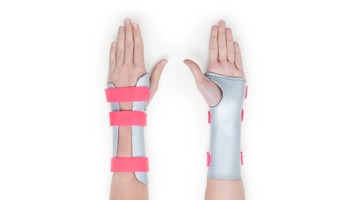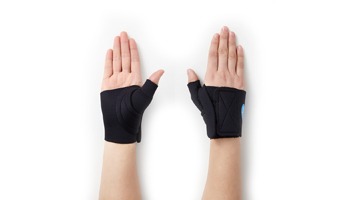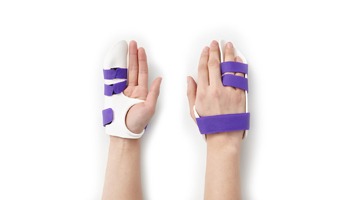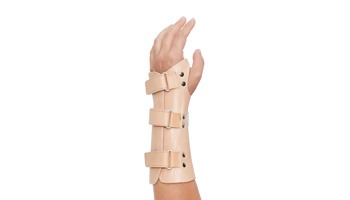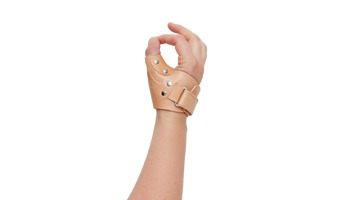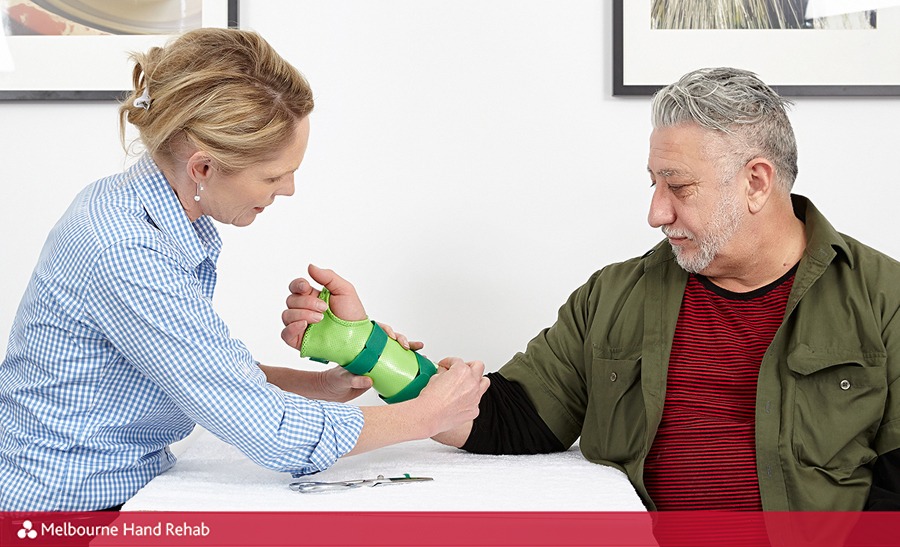
20 May How Much Does a Splint Cost?
This is one of the most common questions we get at Melbourne Hand Rehab. The answer depends on a few factors:
- What part of the body needs a splint?
- What type of splint do you need?
- What activities do you want to get back to?
- Custom or pre-fabricated?
Body Part
The body part being splinted will affect the cost of the splint as different areas of your body require different amounts of material and time to fabricate. For instance, finger splints will be less expensive than elbow splints as they use less material and require less time to fabricate.

Splint Type
People get different splints for different purposes. Whether it’s immobilisation of joints, restriction of movement, a joint stretch, compression, or a combination of the above – people need splints for a wide variety of conditions. The purpose of your splint will affect the cost as it changes the materials we use, the size of the splint and the time to make it.

Activity
Your work and leisure activities will affect our recommendations on the type(s) of splint you need. If you are involved in manual labour you need a splint that’s durable and able to keep up with your work. If you are keen to return to sport, you may need a sports guard in addition to a splint for daily use. This will impact the price of your splint we will choose the materials that will suit your lifestyle best.
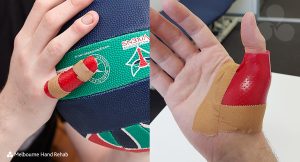
Custom vs. Pre-Fabricated
Depending on your condition you may have the choice between a custom or a pre-fabricated splint. Pre-fabricated doesn’t always mean cheaper, and they may not fit your anatomy or condition as well as a custom splint. Your therapist will advise you on whether pre-fabricated splints are a good option for you.
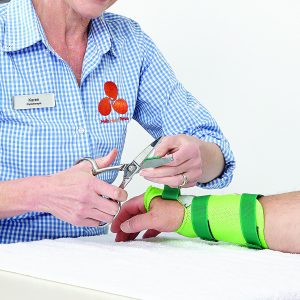
Your hand therapists will talk to you about which splint or brace is most appropriate to your individual situation. At Melbourne Hand Rehab, we make customised splints and braces on the spot, and usually during your first appointment.
For more information see > Splints and Braces
Or call us directly on 03 9458 5166
By Karen Friesen

